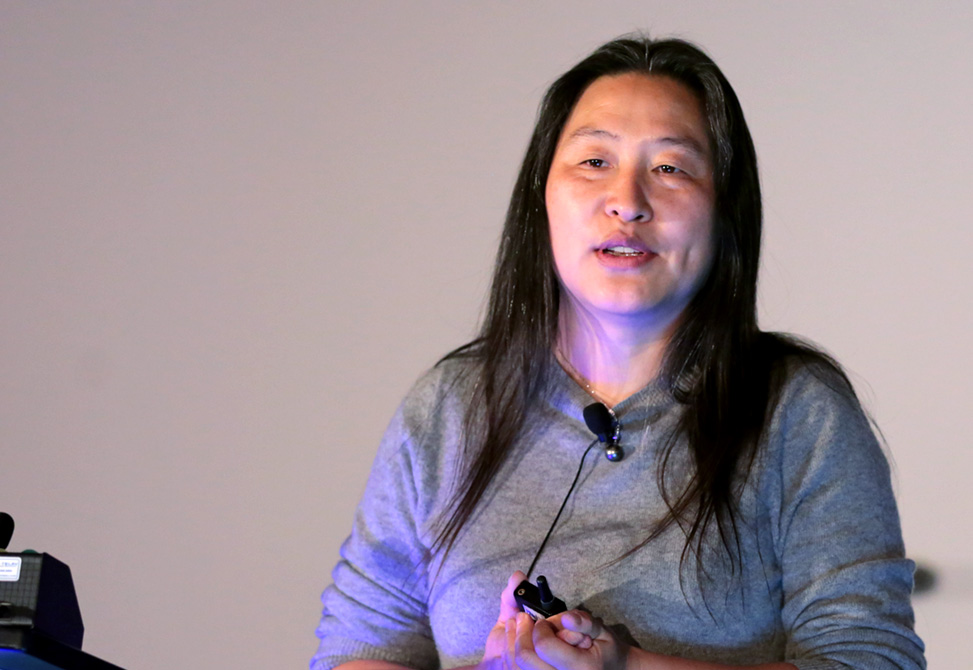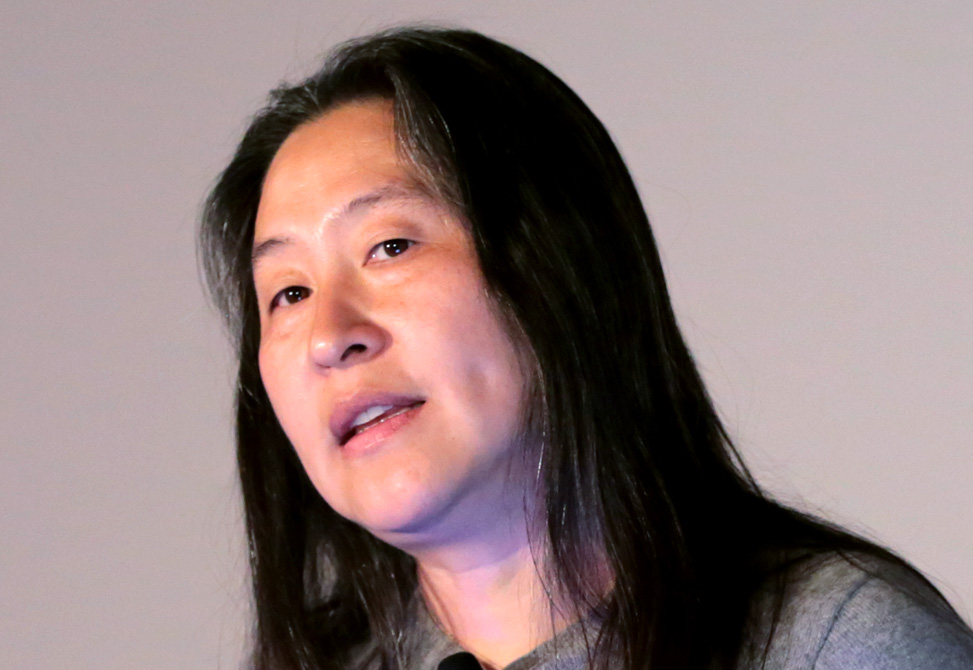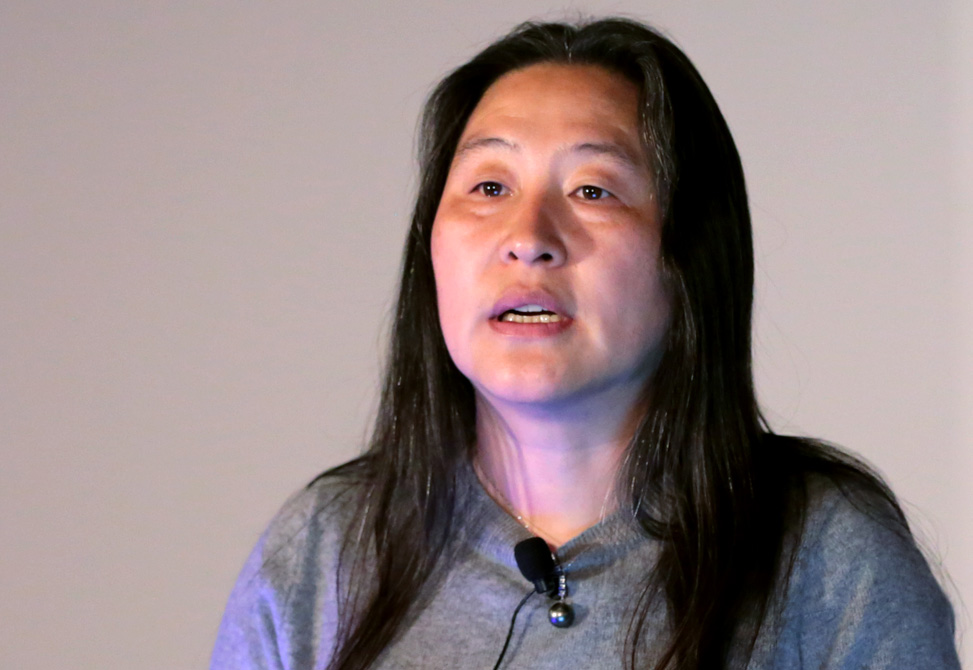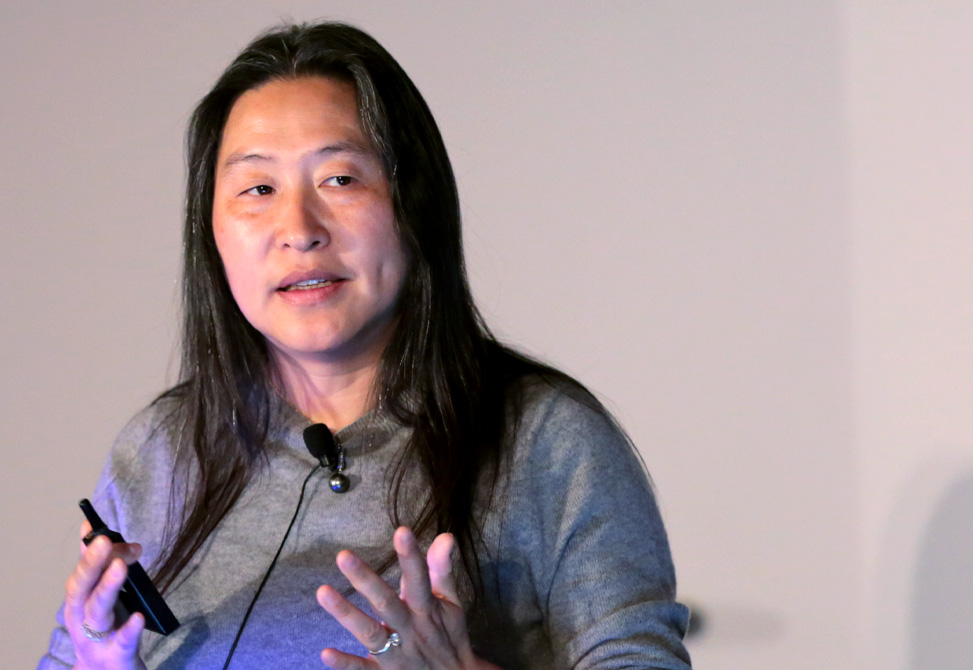Ting Xu
University of California, Berkeley
Talk Session: SESSION 13: PEPTIDE INSPIRED MATERIALS
Date: Thursday, June 16, 2022
Talk Time: 08:25 am - 08:50 am
Talk Title: Peptides: Valuable Motifs for Material Design
The key to future technology is the design and fabrication of functional materials having structures ordered down to the molecular level. This goal can't be reached by conventional "top-down" approaches and remains as the "holy grail" using synthetic materials such as block copolymers. In addition, there have been limitations in the functionalization of these nanostructured materials. On the other hand, nature has made a dizzying array of materials using a few building blocks. Remarkable progress has been made in de novo protein design and various peptides have been designed with well-defined structure-sequence relationship and are able to mimic or exceed natural protein functions with much more simple, yet robust, structures.
Researches in Xu's group take advantage of the recent developments in de novo protein design and peptidomimetics, polymer science and nanoparticles synthesis and manipulation, and use designed peptides and proteins in concert with the self-assembly of block copolymers, conjugated molecule and nanoparticles as platforms to generate nanostructured materials. Her group aims to generate hierarchical structures spanning multi-length scales down to few nanometers with built-in biological, electrical and magnetic functionalities. Her research group focuses on a fundamental understanding of the physics of assemblage on multiple length scales leading to the design and assembly of functional thin films with tailored functionalities.
Peptides are routinely used to understand how biology operates. They are equally valuable as therapeutics and building blocks for biomaterials. We started our journey with investigating biomacromolecule conjugates based on peptides and polymers. We have since benefited from learning how peptides behave when polymers are around.
In one case, we investigated the assembly of amphiphilic peptide-polymer conjugates and applied the knowledge to develop a family of sub-20 nm nanocarriers.
In the other project, these studies allowed us to "visualize" how synthetic polymers may interact with peptides and the interplay between two classes of materials. This ultimately enlightened us to explore a class of new polymers, called "random heteropolymers," and start the pursue toward recapitulating proteins' behavior using synthetic polymers.







